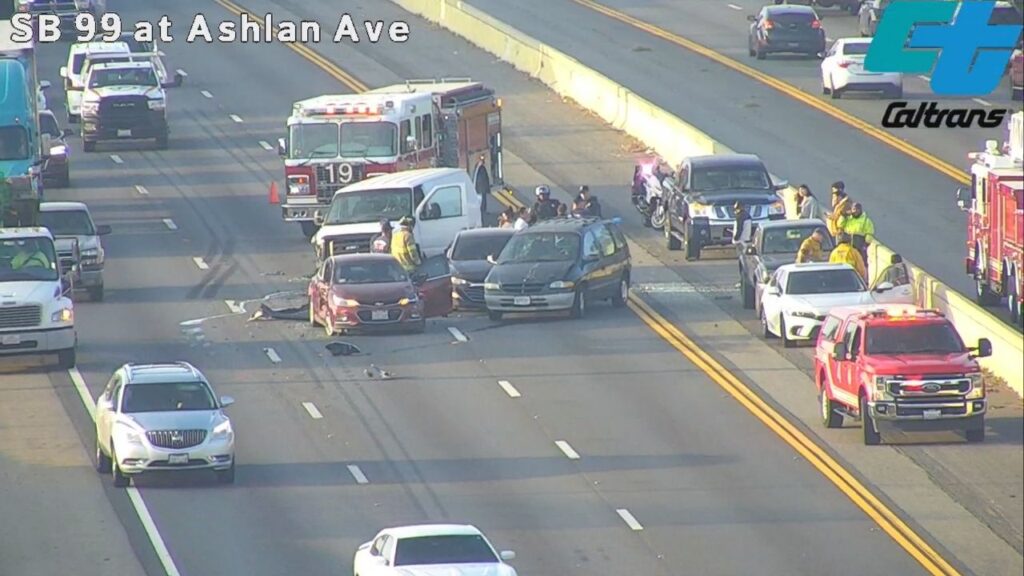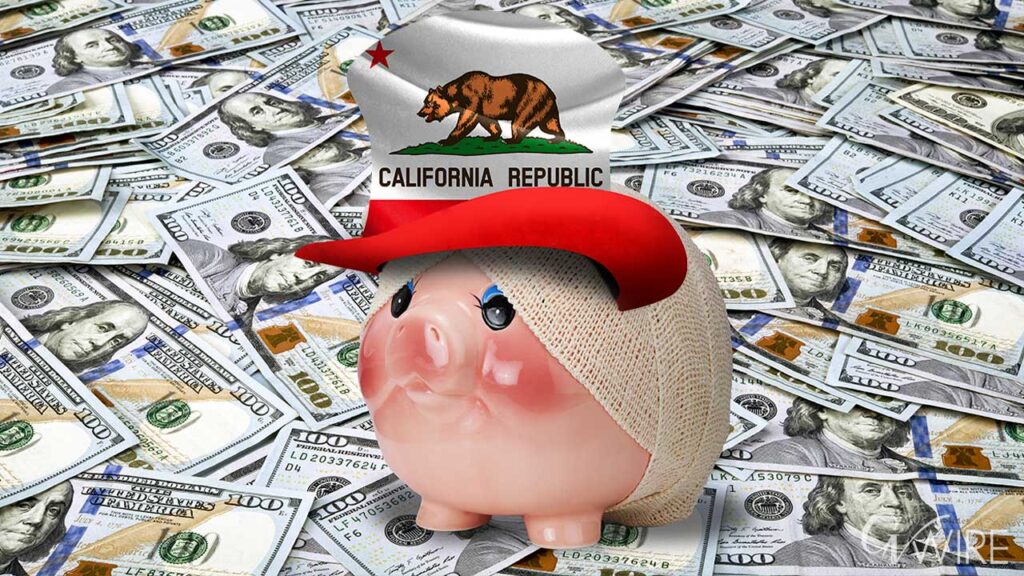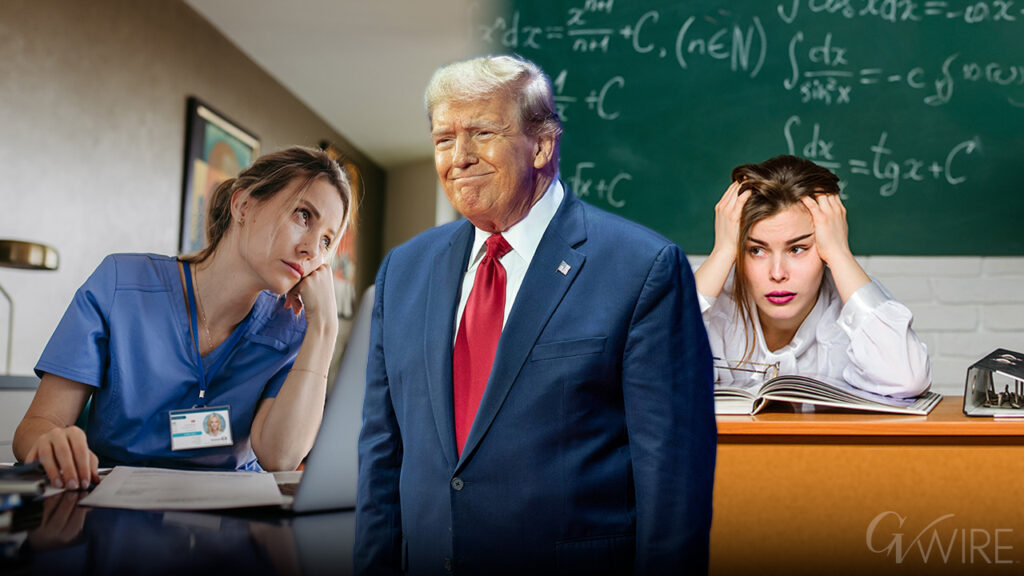The Supreme Court's delay in deciding Trump's immunity case, despite its urgency and historical precedents of faster rulings, suggests potential political influence. (AP File)

- The Supreme Court's delay in ruling on Trump's immunity case, despite its urgency and the outlandish nature of his claims, raises suspicions of political influence.
- The court expedited other politically significant cases, such as the Colorado ballot challenge and the Biden administration's test-or-vaccinate policy.
- The 1974 Nixon tapes case, resolved in just 54 days, exemplifies how quickly the court can act in urgent matters.
Share
|
Getting your Trinity Audio player ready...
|
Opinion by Leah Litman on June 19, 2024.
IT SHOULDN’T TAKE SO LONG FOR THE JUSTICES TO CONSIDER AN OUTLANDISH CLAIM.
For those looking for the hidden hand of politics in what the Supreme Court does, there’s plenty of reason for suspicion on Donald Trump’s as-yet-undecided immunity case given its urgency. There are, of course, explanations that have nothing to do with politics for why a ruling still hasn’t been issued. But the reasons to think something is rotten at the court are impossible to ignore.
Background of Trump Supreme Court Case
On Feb. 28, the justices agreed to hear Mr. Trump’s claim that he is immune from prosecution on charges that he plotted to subvert the 2020 election. The court scheduled oral arguments in the case for the end of April. That eight-week interval is much quicker than the ordinary Supreme Court briefing process, which usually extends for at least 10 weeks. But it’s considerably more drawn out than the schedule the court established earlier this year on a challenge from Colorado after that state took Mr. Trump off its presidential primary ballot. The court agreed to hear arguments on the case a mere month after accepting it and issued its decision less than a month after the argument. Mr. Trump prevailed, 9-0.
Nearly two months have passed since the justices heard lawyers for the former president and for the special counsel’s office argue the immunity case. The court is dominated by conservatives nominated by Republican presidents. Every passing day further delays a potential trial on charges related to Mr. Trump’s efforts to remain in office after losing the 2020 election and his role in the events that led to the storming of the Capitol; indeed, at this point, even if the court rules that Mr. Trump has limited or no immunity, it is unlikely a verdict will be delivered before the election.
Related Story: Biden’s Lead With Women Is Smaller Than Trump’s With Men, a Warning for ...
The immunity case is not the only big case hanging fire. Some two dozen remain undecided that were argued even before the April 25 oral argument over Mr. Trump’s immunity. A case on gun rights for domestic abusers under a restraining order was argued in November; cases involving the power of federal agencies and a multibillion-dollar settlement for opioid victims were heard in December and January; the court also has yet to decide whether upwind states must cut emissions that affect the air quality in downwind states. That case was argued in February.
The court is a busy place, though the justices are completing decisions at the second slowest rate since the 1946 term, according to a recent article in The Wall Street Journal. The court tries to wrap up its business for the term that began in October by the end of June. It’s not shocking that cases argued later in the term end up being decided later, especially because by the end of April, when the immunity case was heard, the court was still working to finish cases argued months earlier. April was also among the court’s busiest months: The justices heard 10 cases.
Related Story: Trump Tries to Set Expectations, and Floats Excuses, for His Debate With Biden
But these seemingly mundane, process explanations overlook some of the particulars in the immunity case. Mr. Trump’s lawyers put together a set of arguments that are so outlandish they shouldn’t take much time to dispatch. Among them is the upside-down claim that, because the Constitution specifies that an officer who is convicted in an impeachment proceeding may subsequently face a criminal trial, the Constitution actually requires an impeachment conviction before there is any criminal punishment.
That gets things backward: The Constitution confirms that impeachment is not a prerequisite to criminal prosecution. And yet Mr. Trump’s lawyers continued to take the untenable position, in response to questioning, that a president who orders the assassination of a political rival could not face criminal charges (absent impeachment by the House and conviction in the Senate).
It does not take weeks to explain why these arguments are wrong.
In 1974, the Watergate special prosecutor squared off against President Richard Nixon over his refusal to release Oval Office tape recordings of his conversations with aides. Nixon argued that he was immune from a subpoena seeking the recordings. Last year, Steve Vladeck, a law professor at the University of Texas at Austin, looked at how long that case took once it reached the Supreme Court on May 31 of that year. The justices gave the parties 21 days to file their briefs, and then 10 days to respond. Oral argument was held on July 8. Sixteen days later, on July 24, the court issued its 8-0 decision ordering Nixon to turn over the tapes. The chief justice, Warren Burger, who had been nominated to the court by Nixon, wrote the opinion. Total elapsed time: 54 days. Nixon subsequently resigned.
Related Story: Trump Isn’t Choosing a Running Mate. He’s Casting a Co-Star.
More Than 110 Days Passed Since Court Agreed to Hear Case
As of Tuesday, 110 days had passed since the court agreed to hear the Trump immunity case. And still no decision.
This court has lost the benefit of the doubt for myriad reasons, including its willingness to act quickly in cases that benefit Republican interests. In addition to the disqualification case, two and a half years ago, the court scheduled a challenge to the Biden administration’s test-or-vaccinate policy two weeks after the justices decided to hear it, and then issued a decision invalidating the policy less than one week later.
In a case in South Carolina decided by the court 6-3 in May, it was not speed but sloth that aided Republicans. The court allowed the state to continue using a 2021 congressional map that a lower court had found was an unconstitutional racial gerrymander. Both parties in the case had asked the court to rule by Jan. 1; when no decision was issued by mid-March, a district court panel ordered the contested map to be used in this fall’s election.
In the immunity case, the question before the court is this: “Whether and if so to what extent does a former president enjoy presidential immunity from criminal prosecution for conduct alleged to involve official acts during his tenure in office.”
In addressing that question, the court could follow a path well charted in other cases and rule narrowly. The justices need not resolve anything and everything related to presidential immunity. It would be enough to conclude that whatever the precise bounds of presidential immunity, it doesn’t extend to orchestrating a monthslong effort to overturn the valid results of a presidential election.
Even if presidents enjoy some immunity for official acts, plotting to remain in office while continuing to question the results of an election they clearly lost isn’t one of them.
–
This article originally appeared in The New York Times.
Leah Litman
c.2024 The New York Times Company
Distributed by The New York Times Licensing Group



















